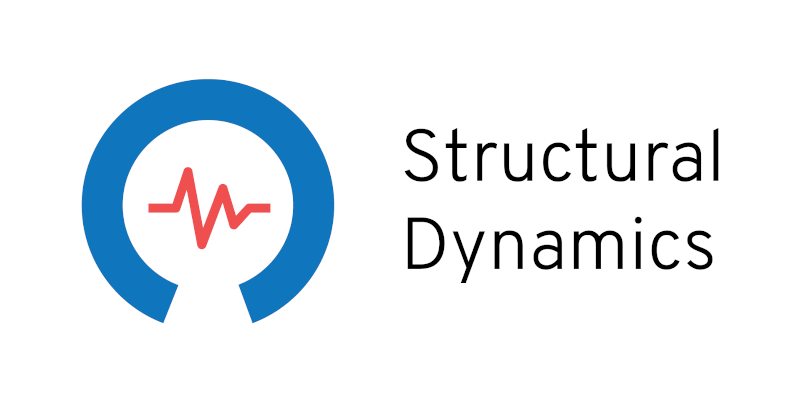View(s): 240 (2 ULiège)
Download(s): 85 (0 ULiège)
Squeal occurrence classification using a harmonic balance vector signal model.

Attached document(s)
original pdf fileAbstract
Brake squeal is an instability that generates self-excited limit cycles which vary with time and operating conditions in real experiments. To analyze test results, it is proposed to use a Harmonic Balance Vector (HBV) signal model. It combines Harmonic Balance Method and analytic signal methodologies. From the Harmonic Balance Method, one uses the space-time decomposition where spatial distribution of each harmonic is described by a complex vector and frequency is common to all sensors. From analytic signal, one keeps the assumption that quantities are slowly varying in time. Synchronous demodulation and principal coordinate definitions are combined in a multistep algorithm that provides an HBV estimation.
On an industrial brake test matrix, HBV estimation is shown to be robustly applicable. The HBV signal being slowly varying, time sub-sampling reduces the volume of test data by two orders of magnitude. Limit cycle frequency, amplitude and shapes can thus be added to the parallel coordinates that associate to each time sample the operating parameters: pressure, velocity, temperature, torque, disk position, disk/bracket distance, ... This opens a path to a range of analyzes otherwise difficult to perform. Classification of squeal occurrences is first discussed showing pressure and amplitude dependence. The effect of amplitude on both frequency and shape is next demonstrated. The entry and exit of instability when parameters change are then analyzed by proposing a transient root locus built from test. Thus squeal test results are related to the classical complex eigenvalue analysis. Intermittent growth/decay events are shown to be correlated with wheel position. Furthermore, distance measurements indicate that disk shape variations of a few microns play a clear parametric role. Parametric testing and clustering are then used to map the instability region and its edges. Pressure is shown to have an effect dominating other variations. Prospective uses of these results to combine test results and finite element models are discussed last.
To cite this article
About: Etienne Balmes
ENSAM, CNRS, CNAM, PIMM, 151 Boulevard de l'hopital, Paris, France & SDTools, 44 Rue Vergniaud, Paris, France
About: Guillaume Martin
SDTools, 44 Rue Vergniaud, Paris, France
About: Guillaume Vermot des Roches
SDTools, 44 Rue Vergniaud, Paris, France






